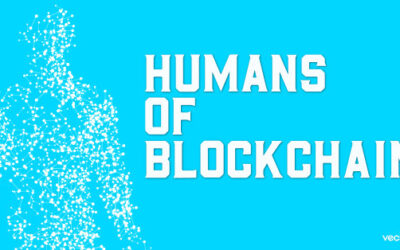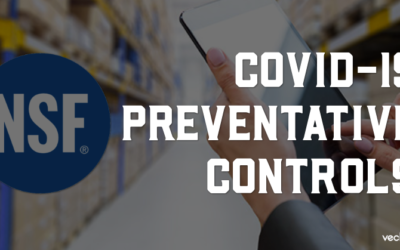Thursday – January 19th
A few days after the English AMA on YouTube, VeChain took part in a similar one hosted by Token Gazer, a digital currency media group in Shanghai.
The AMA started with Sunny Lu discussing how blockchain technology alone was not enough – a proper blockchain-based enterprise solution would need to rely on a number of technologies to be successful. On top of this, it needs to be combined with third-party certification services, which is an area VeChain excels at thanks to their collaboration with DNV GL and their Business Assurance Service.
VeChain is clearly building something entirely new in the blockchain space. Sunny Lu discussed having multiple layers of BaaS support, with basic ‘portal-based’ solutions for small and medium enterprises, as well as full-service teams to assist larger enterprises. In addition, he talked about how they are building a global technical support service for enterprises, that will be available in real-time 24/7.
Throughout the AMA, governance was a major topic. Sunny Lu stressed the importance of avoiding total decentralization or total centralization, and believed the middle-ground was an area they found to be most effective. This governance structure was designed with the help of the VeResearch Universities, who studied the effect of governance on the blockchain. He discussed how this was a Western-style approach to governance – not banning the possibility of fraud altogether, but making the stakes for fraud so high it would be completely unreasonable.
In addition, Sunny Lu emphasized the responsibility of the VeChain Foundation to make sure the chain was legally compliant on a global scale. He stressed that this, as well as creating public tools and services, would be able to drive applications. Creating value-driven applications, as well as value transactions, was more of a priority than value-less transactions and bringing valueless services quickly to market. While he expressed regret that this wasn’t the fastest route, he believed it was the best one. To help people understand, he shared a slide he had used in the past.

2017-2018 Period of Discovery and Confirmation
2018-2020 Period of Compliance
2021-2025 Period of Fast Development
2025: Period of Maturity
He discussed the differences between private chains (such as the ones developed by IBM) and public chains, noting that Dan Boneh from Stanford University had recently engaged in a debate with banking and insurance leaders at the Beijing Future Forum. He once again compared private chains to LAN and public chains to the open web, noting that while both play a major role in enterprise network solutions, the open web has far more applications and value.
Sunny Lu’s message was clear: Continue supporting enterprise applications in a compliant fashion, knowing that enterprises would drive adoption for widespread adoption. This path might frustrate short-term investors who were demanding the focus be on them, but Sunny’s team shows a clear business acumen that other projects might lack.





